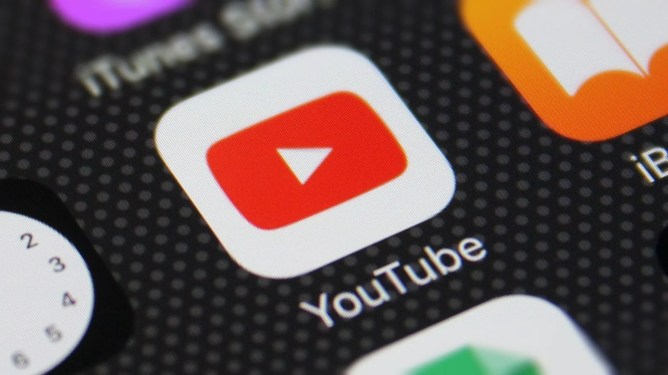YouTube announced on Tuesday that it is rolling out age estimation technology in the U.S. to identify teen users and provide a more age-appropriate experience. The platform will use various signals to determine a user’s possible age, regardless of the birthdate entered during account creation.
When YouTube identifies a user as a teen, it will apply new protections and features. These include disabling personalized ads, limiting repetitive viewing of certain content types, and enabling digital wellbeing tools such as screen time reminders and bedtime alerts.
These safeguards already exist on YouTube but were previously only applied to users who verified their age as under 18. For example, in 2023, YouTube began restricting repeated viewing of videos that could trigger body image issues or display social aggression. The company has been developing digital wellbeing tools since 2018.
If the system incorrectly flags an adult as under 18, users will have the option to verify their age using a credit card, government ID, or selfie. Only verified users or those inferred to be over 18 will be able to access age-restricted content.
The machine learning-powered technology will first roll out to a small group of U.S. users in the coming weeks before expanding more widely. YouTube will monitor its effectiveness before broader implementation.
Plans for age inference technology were first announced in February as part of YouTube’s 2025 roadmap. This follows earlier efforts to enhance safety for younger users, including the 2015 launch of YouTube Kids and the 2024 introduction of supervised accounts.
The update comes as social media platforms face increased government scrutiny in the U.S. States like Louisiana, Arkansas, Florida, and Texas have passed or proposed laws requiring age verification or parental consent for minors using social media. Some of these laws are currently blocked by litigation or pending implementation.
Meanwhile, the U.K. recently began enforcing its own age verification rules under the Online Safety Act.
YouTube has not disclosed specific signals used for age estimation but notes it will consider factors like user activity and account longevity. The system will only apply to signed-in users, as signed-out users already cannot access age-restricted content. It will be available across web, mobile, and connected TV platforms.

